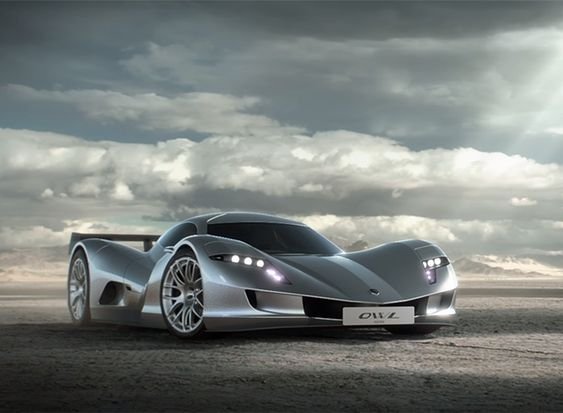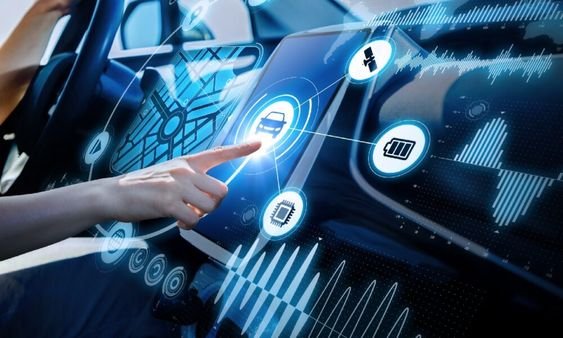
Hydrogen fuel cell vehicles (FCVs) represent a promising and innovative approach to sustainable transportation. These vehicles utilize hydrogen gas as a primary fuel source, converting it into electricity through a chemical reaction to power an electric motor. In this detailed article, we will explore how hydrogen fuel cell vehicles work, their benefits, challenges, and the future outlook of this technology.
How Hydrogen Fuel Cell Vehicles Work
The Basics of Hydrogen Fuel Cells
A hydrogen fuel cell generates electricity through a chemical reaction between hydrogen and oxygen. This process occurs in the fuel cell stack, which consists of several individual cells. Each cell has two electrodes: an anode and a cathode, separated by a proton exchange membrane (PEM).
1. Hydrogen Supply: Hydrogen gas is stored in high-pressure tanks within the vehicle.
2. Electrochemical Reaction: Hydrogen molecules (H2) enter the anode side of the fuel cell, where they are split into protons (H+) and electrons (e-) by a catalyst.
3. Proton Exchange: The protons pass through the PEM to the cathode side, while the electrons are directed through an external circuit, creating an electric current.
4. Electricity Generation: The flow of electrons through the external circuit generates electricity to power the electric motor.
5. Combining with Oxygen: On the cathode side, the protons, electrons, and oxygen (O2) from the air combine to form water (H2O) and heat, which are expelled as exhaust.
Components of Hydrogen Fuel Cell Vehicles
1. Fuel Cell Stack: The core component where the electrochemical reaction occurs, generating electricity.
2. Hydrogen Storage Tank*: Stores hydrogen gas at high pressure (typically around 700 bar or 10,000 psi).
3. Electric Motor: Uses the electricity generated by the fuel cell stack to drive the vehicle’s wheels.
4. Battery: Acts as a buffer to store excess energy generated during braking (regenerative braking) and provide additional power when needed.
5. Power Control Unit: Manages the flow of electricity between the fuel cell stack, battery, and electric motor to ensure efficient operation.
Benefits of Hydrogen Fuel Cell Vehicles
1. Zero Emissions
Hydrogen fuel cell vehicles produce zero tailpipe emissions, with water vapor being the only byproduct. This makes them an environmentally friendly alternative to conventional internal combustion engine vehicles and even battery electric vehicles (BEVs) that rely on electricity from non-renewable sources.
2. Fast Refueling
Hydrogen FCVs can be refueled in approximately 3 to 5 minutes, comparable to refueling a gasoline or diesel vehicle. This is a significant advantage over battery electric vehicles, which can take several hours to recharge, depending on the charger type and battery capacity.
3. Long Driving Range
Hydrogen fuel cell vehicles offer a driving range similar to conventional vehicles, typically between 300 to 400 miles on a full tank. This makes them suitable for long-distance travel and reduces range anxiety, a common concern with electric vehicles.
4. Energy Efficiency
Fuel cells are more efficient than internal combustion engines at converting fuel into energy. While the efficiency of hydrogen production and distribution needs improvement, the overall efficiency of fuel cell vehicles is competitive with that of battery electric vehicles.
5. Versatility
Hydrogen can be produced from various sources, including natural gas, water (via electrolysis), and biomass. This versatility allows for a diverse and potentially renewable supply of hydrogen, reducing dependency on any single energy source.
Challenges of Hydrogen Fuel Cell Vehicles
1. Hydrogen Production and Distribution
One of the primary challenges facing hydrogen FCVs is the production and distribution of hydrogen. Currently, most hydrogen is produced from natural gas through a process called steam methane reforming, which emits carbon dioxide. Developing sustainable methods of hydrogen production, such as water electrolysis using renewable energy, is crucial for the environmental benefits of FCVs.
2. Infrastructure Development
The infrastructure for hydrogen refueling is still in its infancy. There are limited hydrogen refueling stations, primarily concentrated in certain regions, such as California in the United States and parts of Europe and Asia. Expanding this infrastructure is essential for the widespread adoption of hydrogen fuel cell vehicles.
3. Cost
The production and storage of hydrogen, as well as the manufacturing of fuel cell stacks, are currently expensive. Although costs are expected to decrease with advancements in technology and economies of scale, hydrogen fuel cell vehicles are generally more expensive than their gasoline, diesel, or battery electric counterparts.
4. Energy Efficiency of Hydrogen Production
The overall energy efficiency of producing hydrogen, especially through electrolysis, needs improvement. Electrolysis is energy-intensive, and if the electricity used is not from renewable sources, the process can negate the environmental benefits of hydrogen fuel cell vehicles.
5. Storage and Safety
Hydrogen is a highly flammable gas, and storing it safely at high pressures poses technical challenges. Advances in storage technology and safety protocols are necessary to ensure the safe and practical use of hydrogen as a fuel.
Future Outlook of Hydrogen Fuel Cell Vehicles
Advancements in Technology
Research and development efforts are continuously improving the efficiency, cost, and durability of fuel cell technology. Innovations in hydrogen production, storage, and distribution are critical to making hydrogen fuel cell vehicles more viable and competitive with other forms of clean transportation.
Government and Industry Support
Governments and industries worldwide are investing in hydrogen infrastructure and technology. Policies, incentives, and subsidies are being introduced to promote the adoption of hydrogen fuel cell vehicles and the development of refueling infrastructure. Public-private partnerships are also playing a significant role in advancing hydrogen technology.
Integration with Renewable Energy
The integration of hydrogen production with renewable energy sources, such as wind and solar, holds great promise. Using excess renewable energy to produce hydrogen via electrolysis can help balance the grid and provide a sustainable and clean hydrogen supply. This approach can significantly reduce the carbon footprint of hydrogen production.
Expansion of Infrastructure
Expanding the hydrogen refueling infrastructure is crucial for the widespread adoption of hydrogen fuel cell vehicles. Efforts are underway in various regions to develop and deploy more refueling stations, making hydrogen FCVs more accessible to consumers.
Diversification of Applications
Beyond passenger vehicles, hydrogen fuel cells are being explored for a wide range of applications, including buses, trucks, trains, and even ships. The versatility of hydrogen as an energy carrier makes it suitable for various transportation sectors, potentially reducing emissions across the board.
Conclusion
Hydrogen fuel cell vehicles represent a promising solution to the challenges of sustainable transportation. With zero emissions, fast refueling times, and long driving ranges, they offer several advantages over traditional internal combustion engines and even some battery electric vehicles. However, significant challenges remain, particularly in hydrogen production, infrastructure development, and cost.
The future of hydrogen fuel cell vehicles looks promising, with ongoing advancements in technology, government support, and industry investment. As these vehicles become more affordable and the hydrogen infrastructure expands, hydrogen fuel cell vehicles are poised to play a crucial role in the transition to cleaner and more sustainable transportation.






